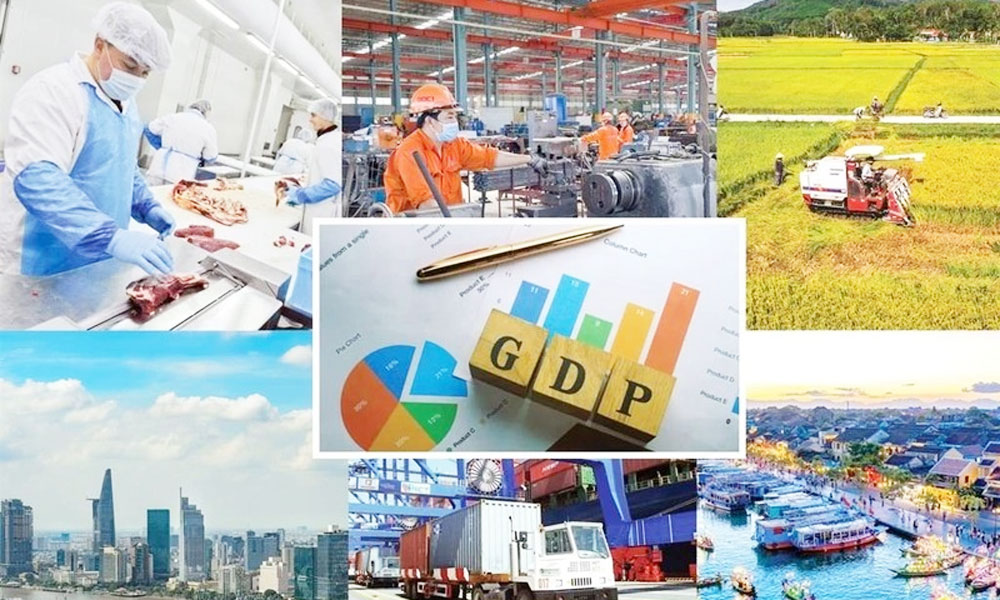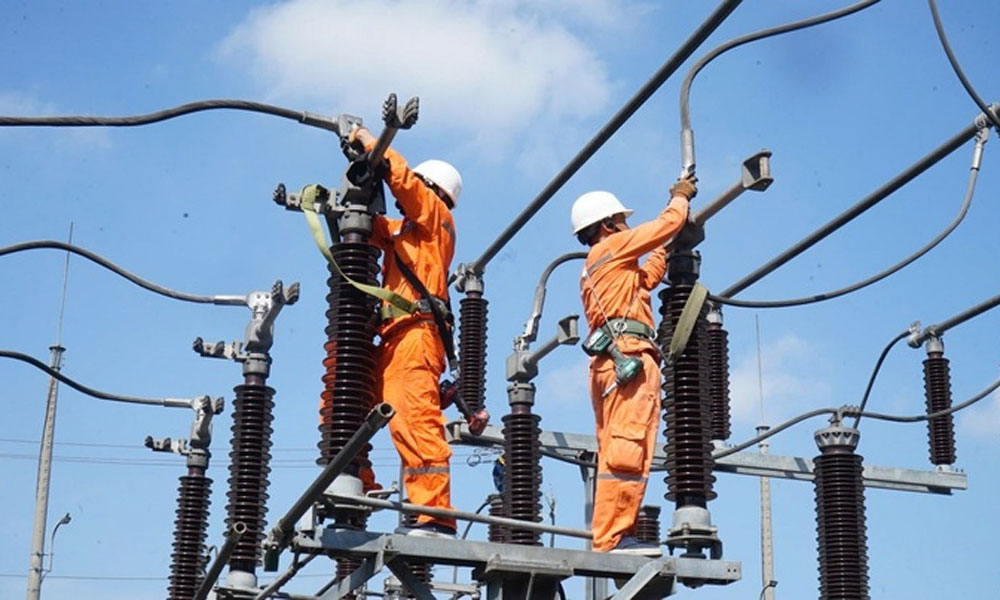Vietnam’s textile and garment industry accelerates exports
As of April 15, Vietnam’s total textile and garment export turnover reached 1.8 billion USD, representing an 8.7% increase compared to the same period in 2024.
Vietnam’s textile and garment industry is pressing forward with steady growth and enhanced positioning in the global supply chain, thanks to timely strategies in response to ongoing international challenges.
 |
|
As of April 15, Việt Nam’s total textile and garment export turnover reached 1.8 billion USD. |
As of April 15, Vietnam’s total textile and garment export turnover reached 1.8 billion USD, representing an 8.7% increase compared to the same period in 2024.
Recent statistics from the General Department of Customs show encouraging growth across key export markets.
The US remains Vietnam’s largest customer, with market share climbing from 36.3% to 38%, followed by gains in the EU (from 9.1% to 9.4%) and Japan (from 10.8% to 11%).
This growth is viewed as a positive signal, especially amid unpredictable market conditions and declining global consumer demand as impacts from the US's reciprocal tax policy.
However, challenges surfaced in early April when the US announced a temporary 10% tariff on Vietnamese textile and garment imports, causing disruption in orders and uncertainty across the sector.
Fortunately, the 90-day delay before officially imposing tariffs on import goods is being viewed as a 'golden time' for enterprises to accelerate production and exports.
Industry experts anticipate the latter half of 2025 to be particularly difficult, marked by unpredictable demand and ongoing trade tensions.
In response, many businesses have begun formulating contingency plans while closely monitoring negotiations between Vietnam and the US over tax rates.
In the short term, Vietnam’s garment companies are pursuing diversification strategies - expanding into new markets, strengthening domestic sales, and improving raw material management.
They are also investing in services, workforce training and retail operations to enhance overall resilience.
Garment 10 Corporation, reported 1.25 trillion VND (48 million USD) in revenue during the first quarter - a 12% increase year-over-year.
Hung Yen Garment Corporation (Hugaco) also recorded a 10% revenue increase and confirmed sufficient orders through the end of July, with negotiations ongoing for the remaining months of the year.
Yet, Hugaco Chairman Nguyen Xuan Duong warned that unequal tax policies among competing textile-exporting nations could erode Vietnam’s competitiveness, shifting orders to countries with lower costs.
According to the Vietnam National Textile and Garment Group (Vinatex), the 90-day period for US tariffs presents a crucial opportunity for Vietnam’s manufacturers to ramp up production and exports.
Although garment orders remain relatively stable, upstream segments such as the yarn industry have started to experience strain, with some companies halting operations due to supply chain bottlenecks. This underscores the need for a more integrated and self-reliant industry framework.
Chairman of the Vietnam Textile and Apparel Association (Vitas) Vu Duc Giang emphasised the importance of market agility. With 22 new-generation free trade agreements either active or pending, Vietnamese companies are well-positioned to diversify both clientele and product lines, a critical factor in reaching the sector’s 48 billion USD export target for the year.
Vinatex Chairman Le Tien Truong, urged companies to maximise productivity in the second quarter of this year by extending regulated overtime, reorganising production lines and securing reserves to weather the uncertainties of the latter half of 2025.
He highlighted the necessity of meeting current orders efficiently to demonstrate reliability and build credibility with international clients.
Truong also emphasised transparency in sourcing and compliance with anti-fraud regulations. Vinatex is actively encouraging internal material sourcing, market-by-market risk assessments and broader efforts to diversify products and partners to mitigate market dependencies.
 Bắc giang
Bắc giang













Reader's comments (0)